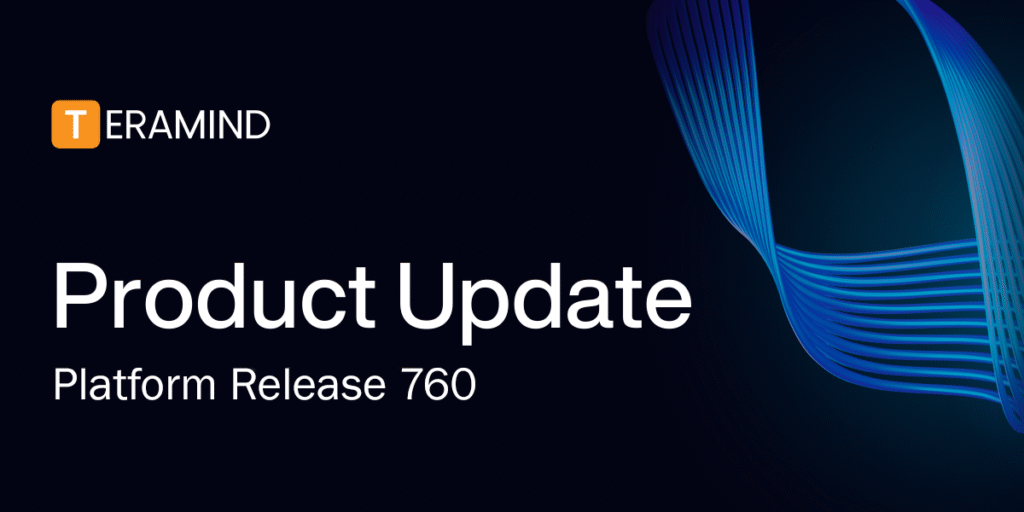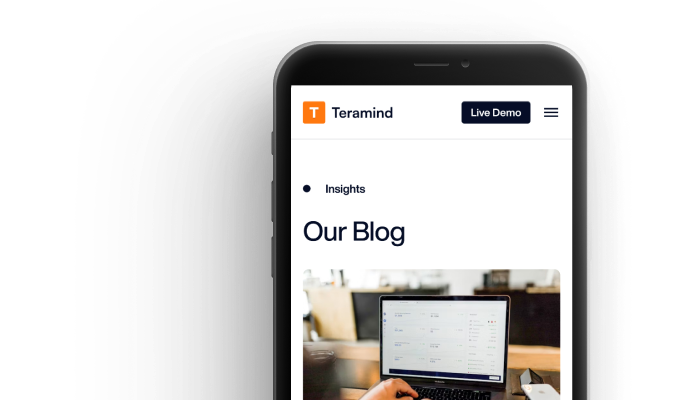

We’re thrilled to roll out Teramind Release 760 — a powerhouse update packed with 237 new features and enhancements across Windows Agent 25.15, Mac Agent 25.15,...

Manage insider risk, optimize productivity, and enforce compliance with Teramind.
Solutions
Cybersecurity
Productivity
Learn More